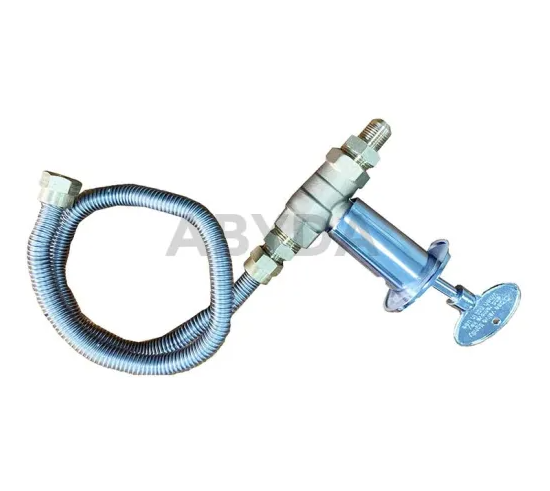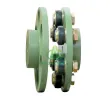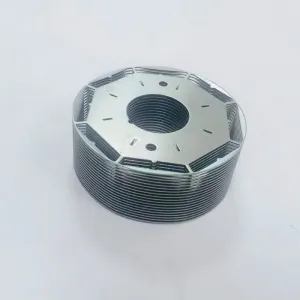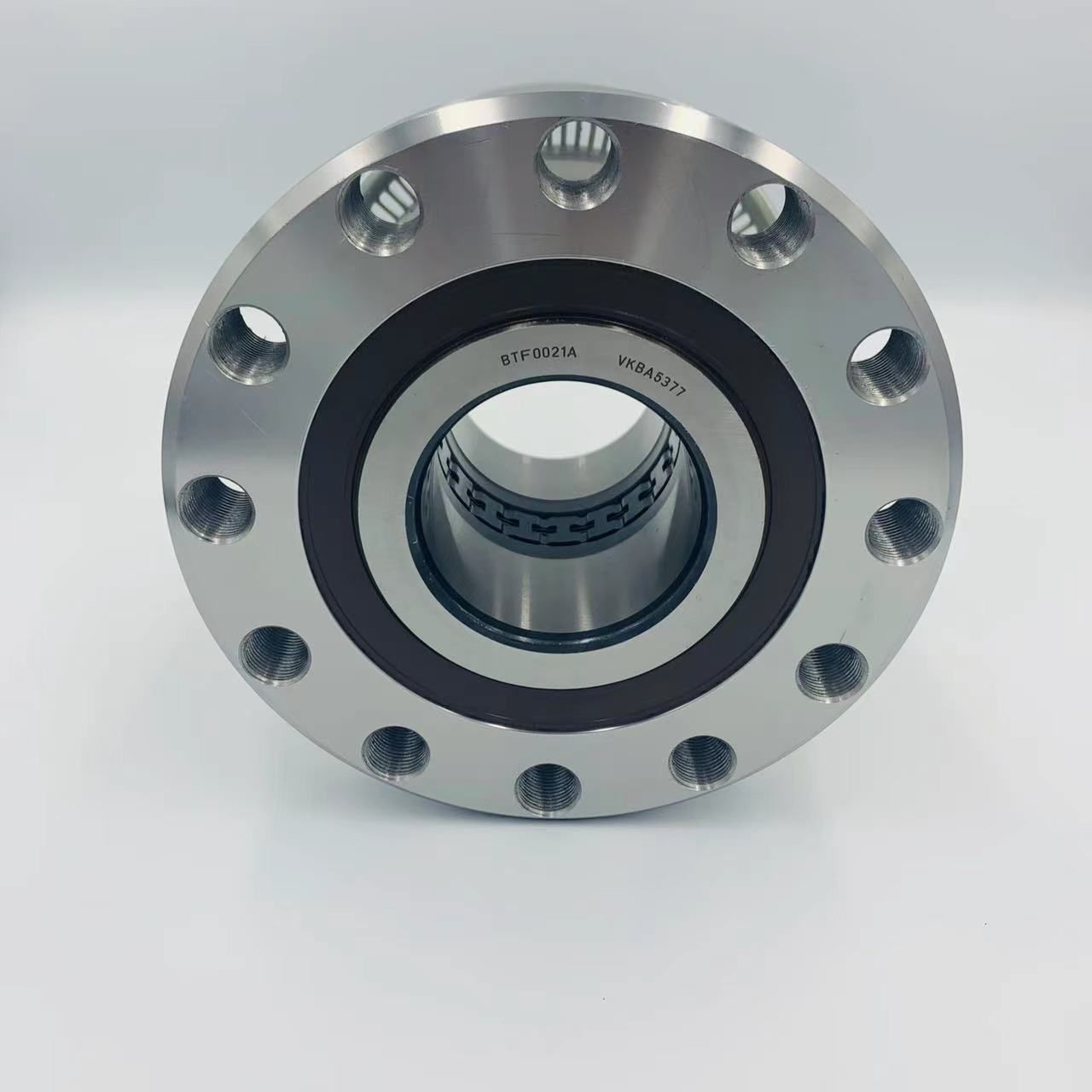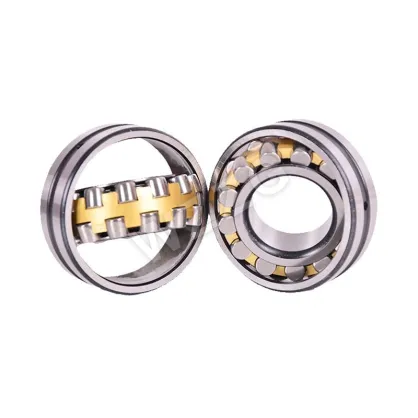How does a LPG regulator work?
LPG (liquefied petroleum gas) is a popular choice for fueling various appliances and equipment, including stoves, heaters, and grills, due to its efficiency, affordability, and convenience. However, to ensure safe and controlled usage of LPG, it's essential to incorporate a regulator into the system.
1. Function of an LPG Regulator:An LPG regulator serves as a crucial component in the LPG system, responsible for regulating the flow and pressure of gas from the cylinder to the appliance. Its primary function is to reduce the high pressure of the LPG stored in the cylinder to a safe and consistent pressure suitable for the appliance's operation. By maintaining a steady flow of gas at the desired pressure, the regulator ensures efficient combustion and optimal performance of the appliance while preventing damage or malfunction due to excessive pressure.
2. Components of an LPG Regulator:An LPG regulator typically consists of the following components:
Inlet Connection: The inlet connection is where the regulator attaches to the LPG cylinder, allowing gas to enter the regulator from the cylinder.
Diaphragm: The diaphragm is a flexible membrane inside the regulator that responds to changes in pressure by adjusting the position of the valve. It controls the flow of gas through the regulator to maintain the desired outlet pressure.
Valve Mechanism: The valve mechanism consists of a spring-loaded valve that opens and closes in response to changes in pressure. When the pressure exceeds the set limit, the valve opens to release excess gas, and when the pressure drops below the set limit, the valve closes to maintain the desired pressure.
Additional resources:
Can a Ball Valve Get Clogged? What Are the Limitations of Ball Valves?
Comparing Kelly Valves and Casing Spools: Pros and Cons
How Does a Pneumatic Cylinder Speed Control Valve Work and Where Is It Applied?
Can you use an airless sprayer without a filter?
Linear Dampers vs Axial Damper: Choosing the Right Solution
Bearings in Industrial Applications: Navigating the Machinery Landscape
What is a Swing Check Valve For?Outlet Connection: The outlet connection is where the regulator attaches to the gas line leading to the appliance. It delivers regulated gas at the desired pressure to the appliance for combustion or heating purposes.
3. Working Principle of an LPG Regulator:The working principle of an LPG regulator is based on the concept of pressure reduction and control. When the regulator is attached to the LPG cylinder and the valve is opened, high-pressure gas from the cylinder enters the regulator through the inlet connection. The diaphragm inside the regulator senses this high pressure and moves upward, compressing the spring-loaded valve and allowing gas to flow through the regulator.
As gas flows through the regulator, the diaphragm continuously adjusts the position of the valve to maintain the desired outlet pressure. If the outlet pressure exceeds the set limit, the excess gas is released through the valve to prevent overpressure. Conversely, if the outlet pressure drops below the set limit, the valve closes to maintain the desired pressure.
4. Importance of an LPG Regulator:An LPG regulator plays a critical role in ensuring the safe and efficient operation of LPG-powered appliances. By regulating the flow and pressure of gas from the cylinder to the appliance, the regulator helps prevent accidents, such as gas leaks, fires, or explosions, that may occur due to excessive pressure or uncontrolled gas flow. Additionally, the regulator helps optimize fuel consumption and appliance performance by delivering gas at the appropriate pressure for combustion.
An LPG regulator is an indispensable component of the LPG system, providing essential pressure regulation and control for safe and reliable operation of LPG-powered appliances. Its ability to maintain consistent gas flow and pressure ensures efficient combustion, optimal appliance performance, and enhanced safety for users. By understanding the function and working principle of an LPG regulator, users can appreciate its importance and take appropriate measures to maintain its proper operation.
High-Pressure Lined Slurry Pump: Unraveling Efficiency in Industrial Fluid Handling
Choose The Right Diesel Engine Motor Assembly: A Comprehensive Guide
Acrylic Filter Bag VS. Aramid Filter Bag: Unveiling the Superior Choice
Unveiling the Major Functions of the I/O Module
How Do I Choose a Ball Bearing?
What is a 45 degree elbow?
Where are PM OLED Displays commonly used?





